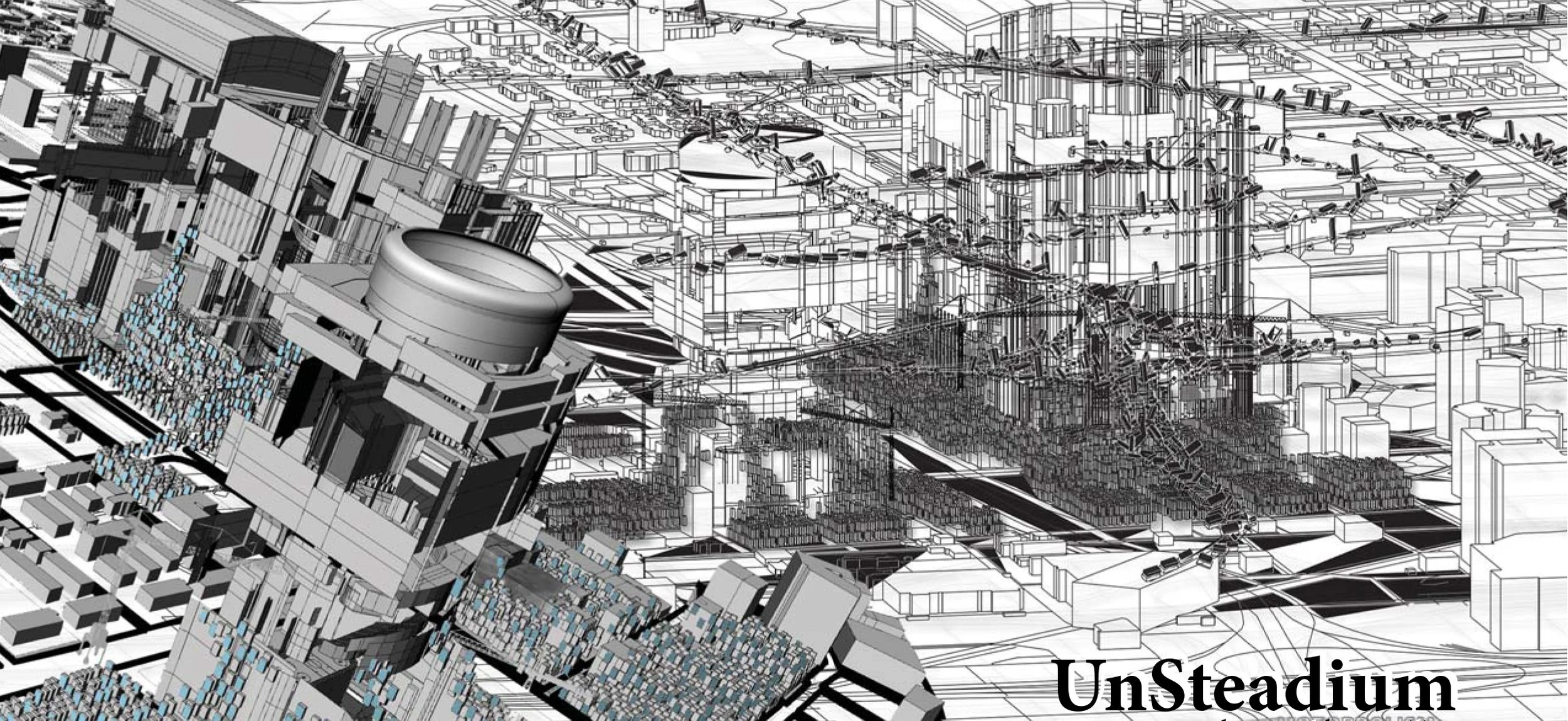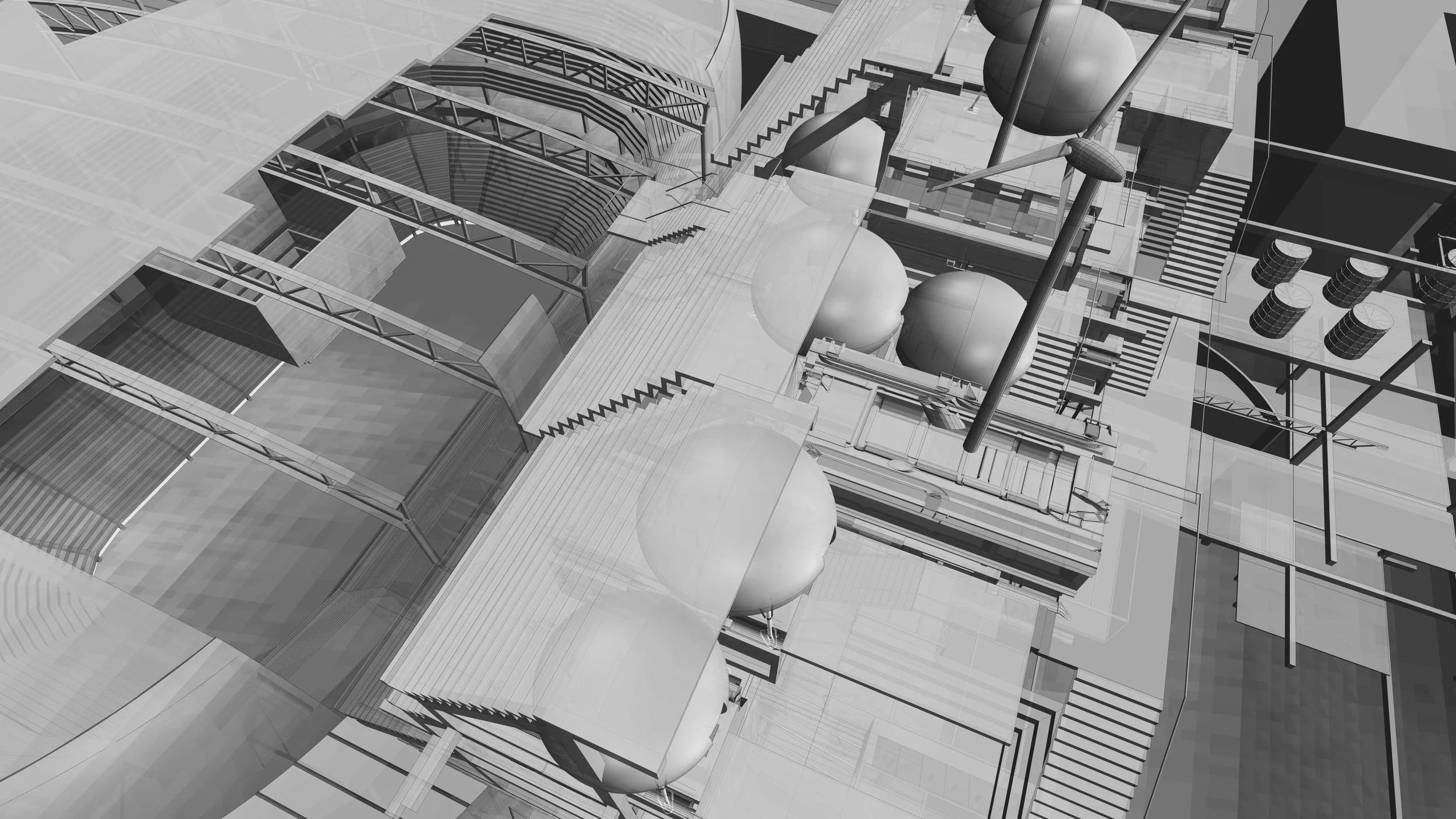UnSteadium
Research project in Columbia University 2017
Catalytic Detroit radically re-envisions the future an American rust-belt metropolis. Once among the world’s greatest manufacturing cities with the highest per capita income in the United States, Detroit was synonymous with the “future city,” a twentieth century lifestyle of work and leisure made possible by booming automobile production. Its pernicious decline fueled by racial tensions, financial missteps, and the expansion of a post-industrial globalized American economy have left Detroit the cultural exemplar of a distressed metropolis. Yet, in Detroit, possibility is emancipated from constraint. Imaginative and alternative urban practices hack the city’s infrastructural excess to create new definitions of property, value and public. Insurgent urban farming practices have fueled bottom up community organizing strategies and provided radical solutions to food security while redefining the public sphere.
Billionaires and flows of global capital have been quietly infiltrating Detroit’s boundaries as clandestine land grabs lay the groundwork for multinational players and corporations to speculate on the city’s future. Distressed urban conditions in Detroit have impelled Detroiters to tap the underground and the overhead, to locate overages and slippages in larger capitalist networks and use them to fuel catalytic possibilities by way of new experiments in urbanism, redefinitions of the public realm and the invention of new architectures. Extraordinary possibilities can be imagined through the projection of these phenomena into the future by asking: “What will Detroit be in 100 years?”










